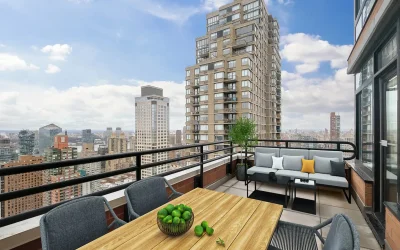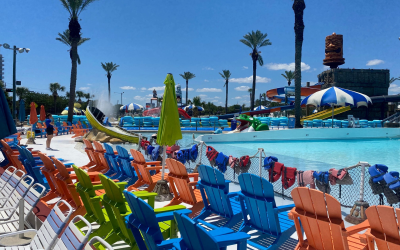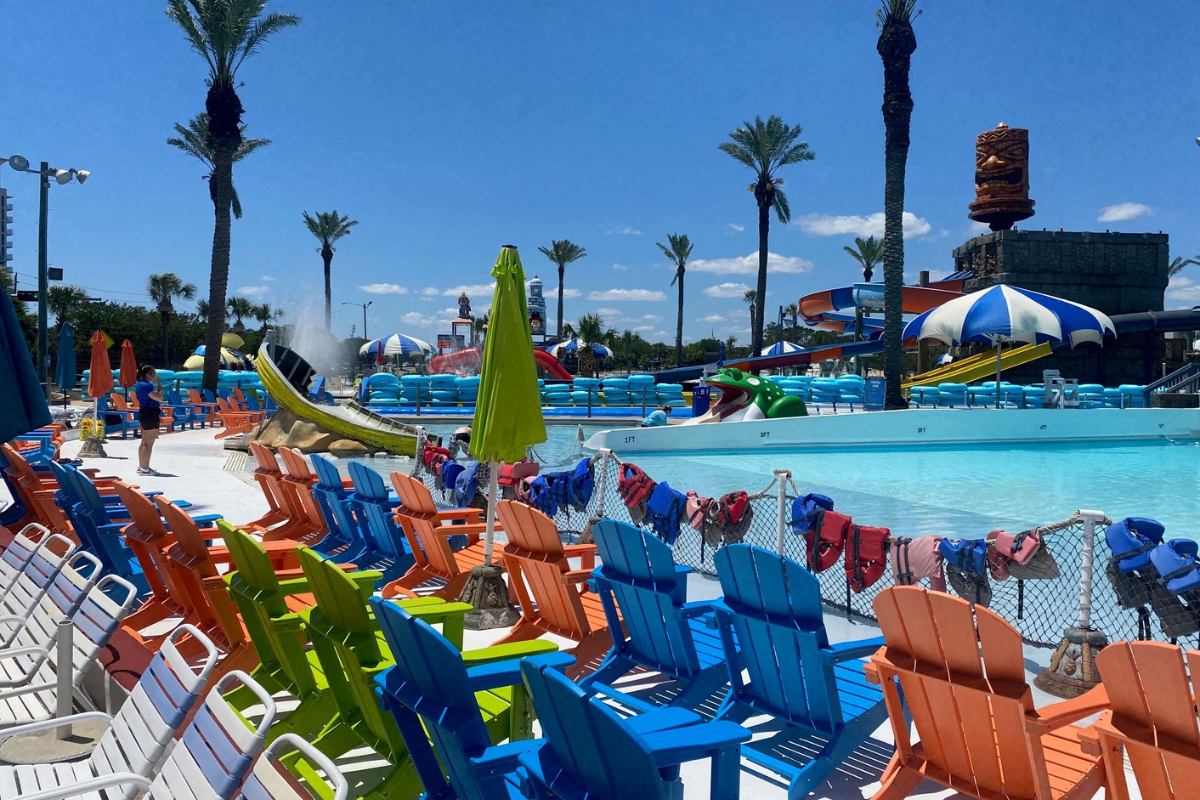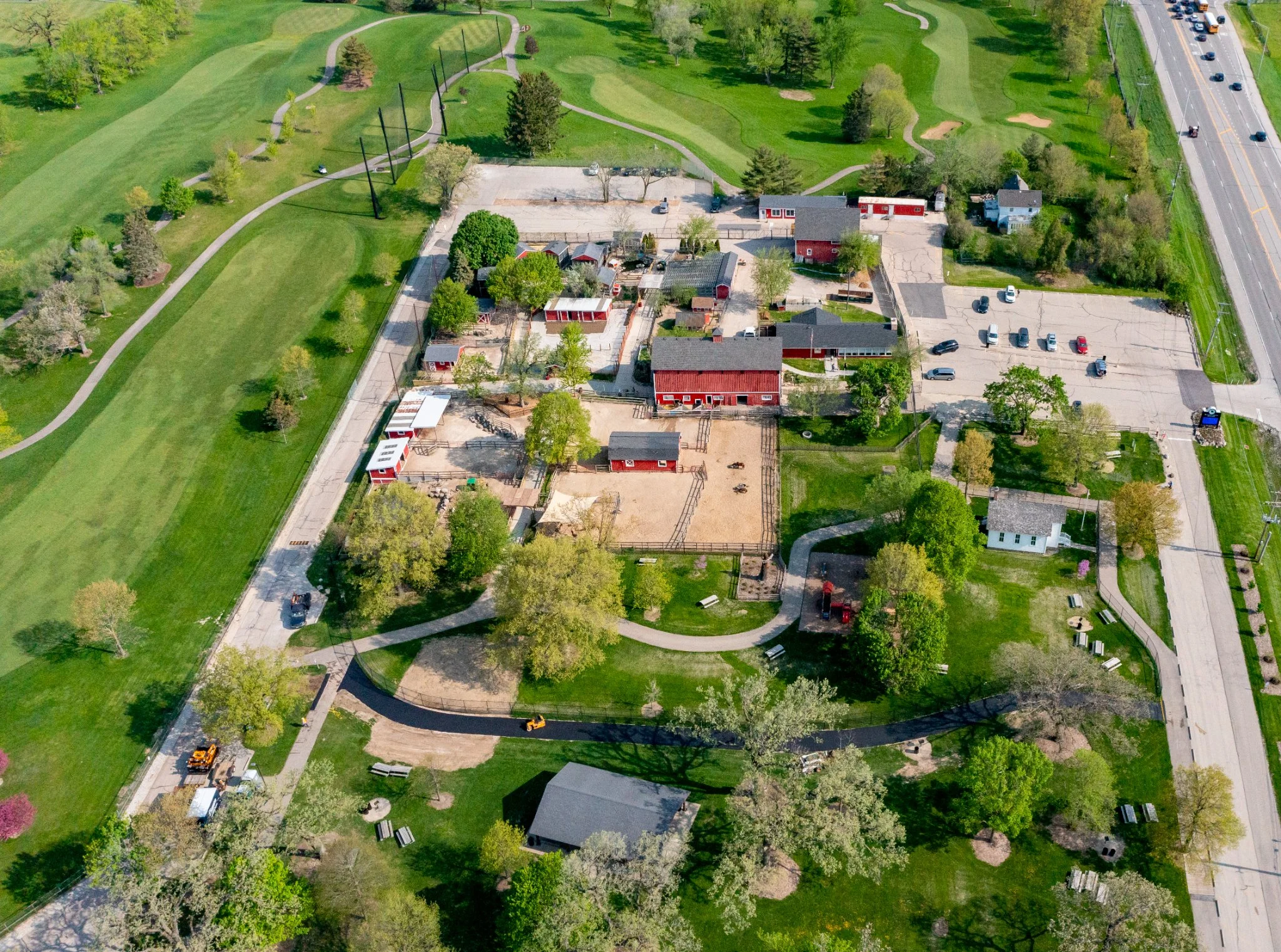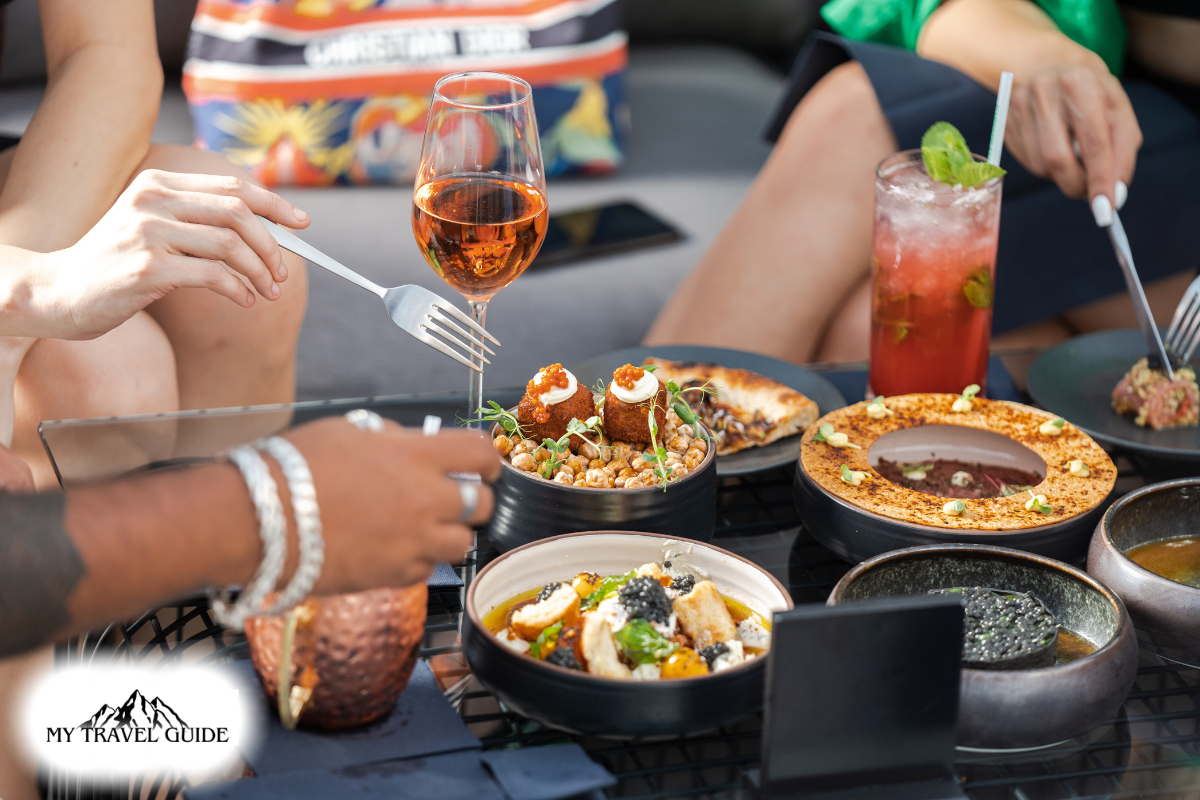Jodhpur Blue City: History, Attractions, and Why It’s Known as the Blue City
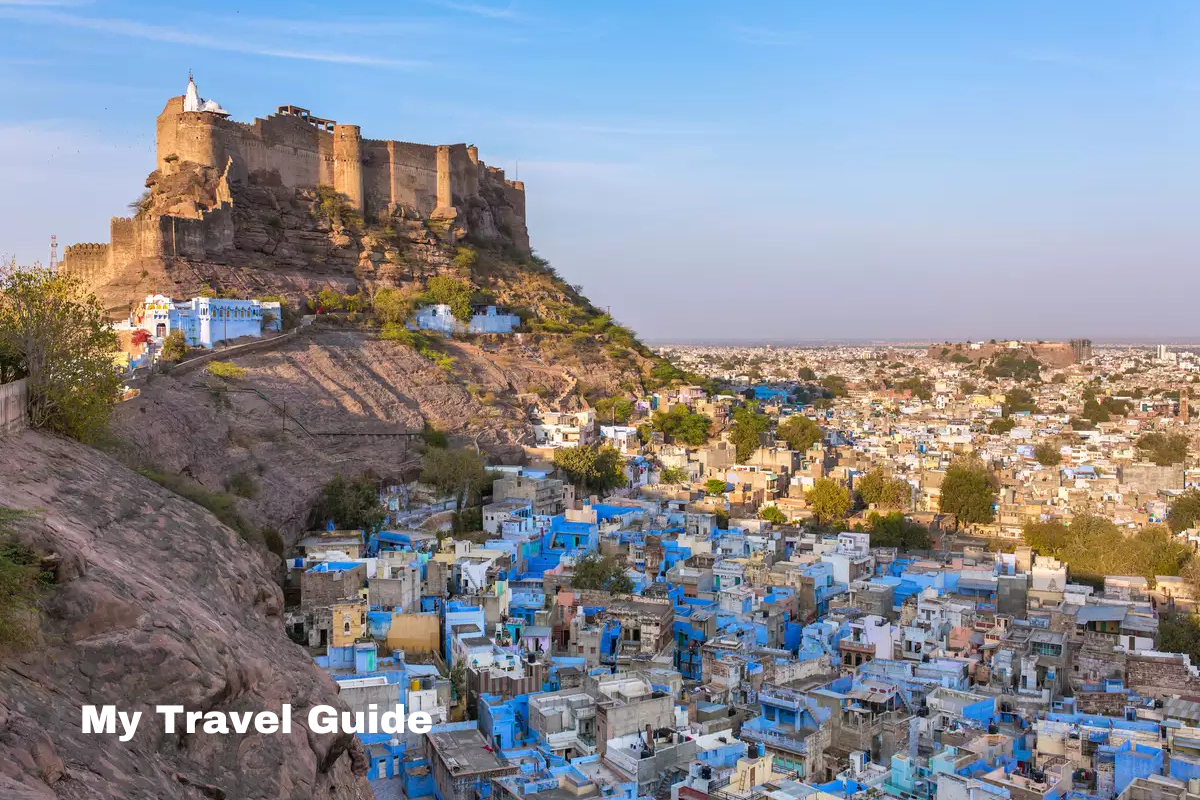
Situated in the dynamic Indian state of Rajasthan, Jodhpur, also referred to as the Blue City, enthralls tourists with its vast array of blue-painted homes and imposing forts. Jodhpur, which is well-known for its vibrant marketplaces, architectural wonders, and rich cultural legacy, provides a unique experience that combines tradition, art, and history.
This post explains why people call Jodhpur the “Blue City,” explores well-known sites like Mehrangarh Fort, and provides essential travel tips for an unforgettable trip.
Why Do People Call Jodhpur the Blue City?
People call Jodhpur the Blue City because of its iconic blue-painted homes. Historically, people believed these blue houses were the residences of the Brahmin society. But eventually, the custom spread to other homes, resulting in a captivating expanse of blue throughout the city.
See Also: Pee Pee Island: Uncovering the Mystery Behind the Name and the Destination
Significance of the Blue Color:
- Heat Regulation: In the intense heat of the desert, the blue paint helps keep the houses cool.
- Spiritual Symbolism: The lime and copper sulfate in the paint repelled termites and other insects.
- Pest Control: Termites and other insects were repelled by the paint’s lime and copper sulfate.
The blue houses of Jodhpur, which represent the city’s distinct character and charm, are now a popular tourist destination worldwide.
Top Attractions in Jodhpur Blue City
1. Mehrangarh Fort
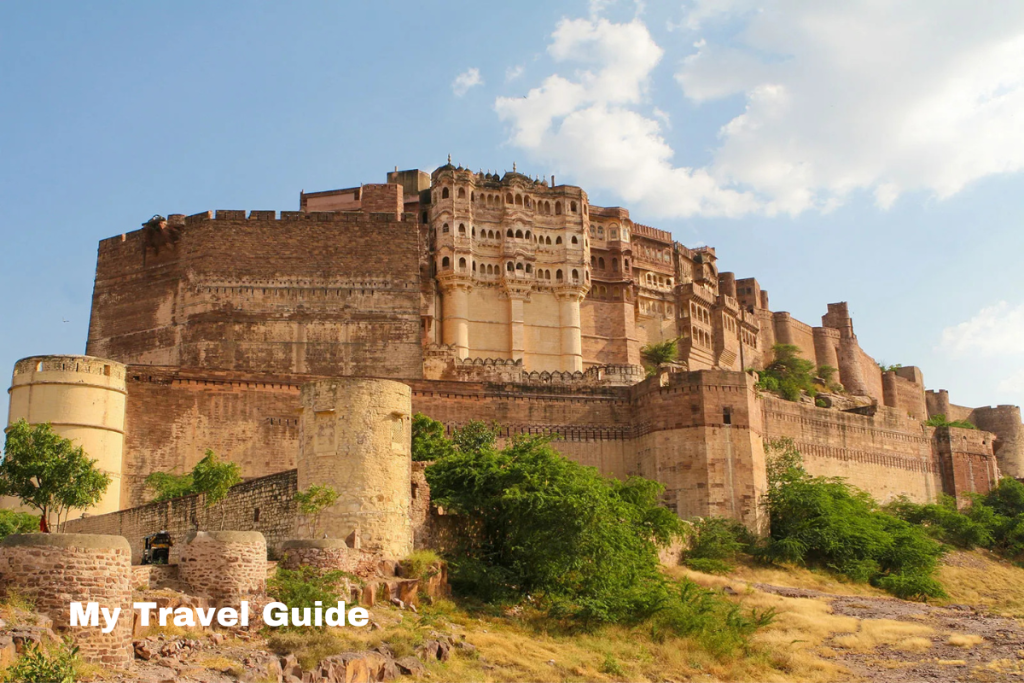
One of India’s largest forts, Mehrangarh Fort towers over the city, offering panoramic views of the blue landscape. Its intricate carvings, massive walls, and rich history make it a must-visit.
- Tip: Don’t miss the Mehrangarh Fort Museum for a glimpse into royal artifacts.
- Entry Fee: Varies for domestic and international tourists.
2. Jaswant Thada
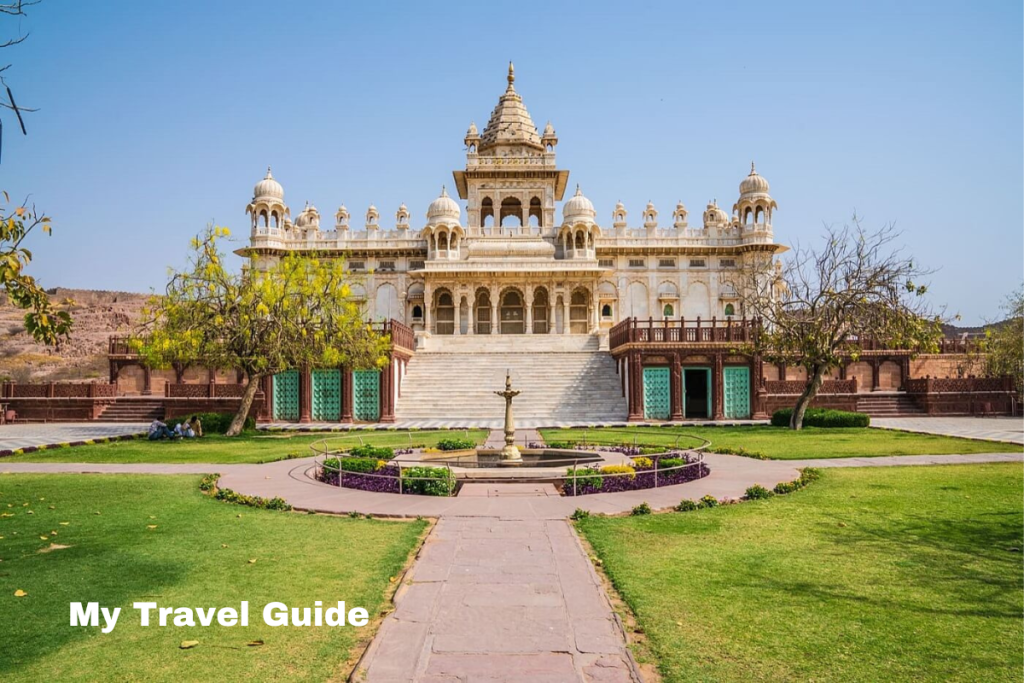
People refer to a white marble cenotaph, constructed in honor of Maharaja Jaswant Singh II, as the Taj Mahal of Marwar. From there, visitors can enjoy beautiful views of Mehrangarh Fort.
3. Umaid Bhawan Palace
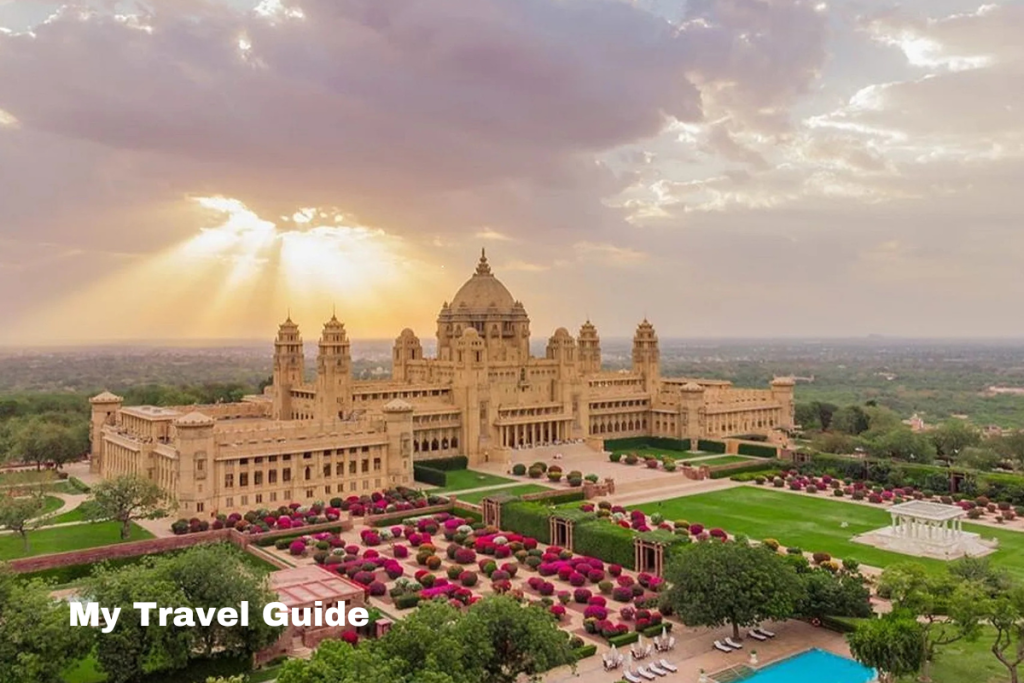
This spectacular palace doubles as a royal residence, museum, and opulent hotel. A portion of it is accessible to the public and features antique automobiles and royal relics.
4. The Blue Streets of Jodhpur
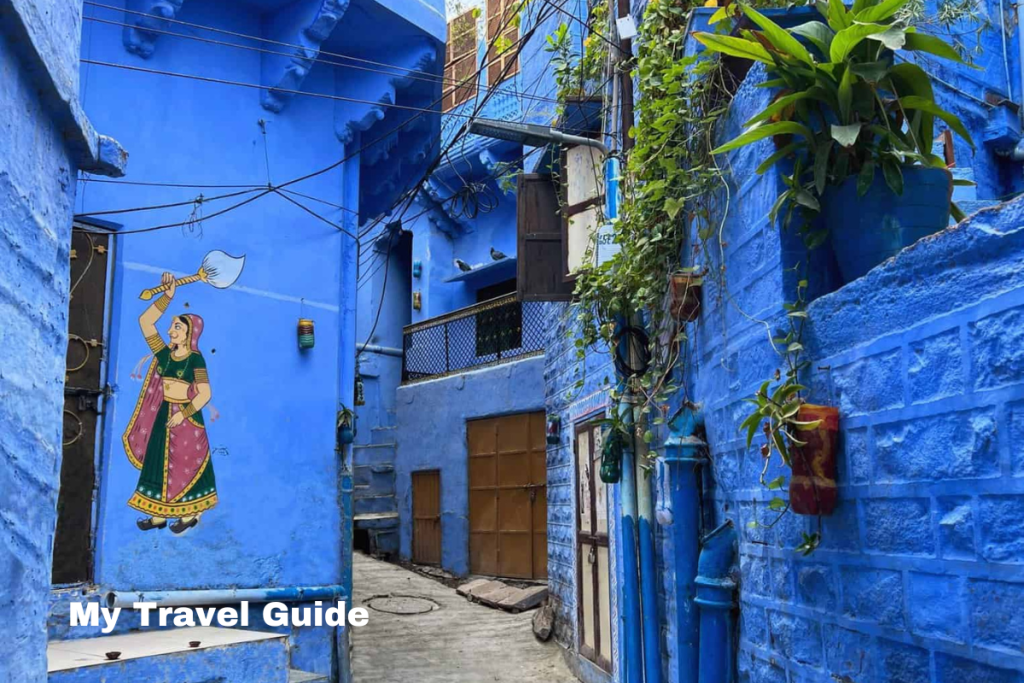
Explore the azure streets close to Mehrangarh Fort for a picturesque moment. Traditional homes, street sellers, and regional craftspeople line these little lanes.
5. Ghanta Ghar (Clock Tower) and Sardar Market
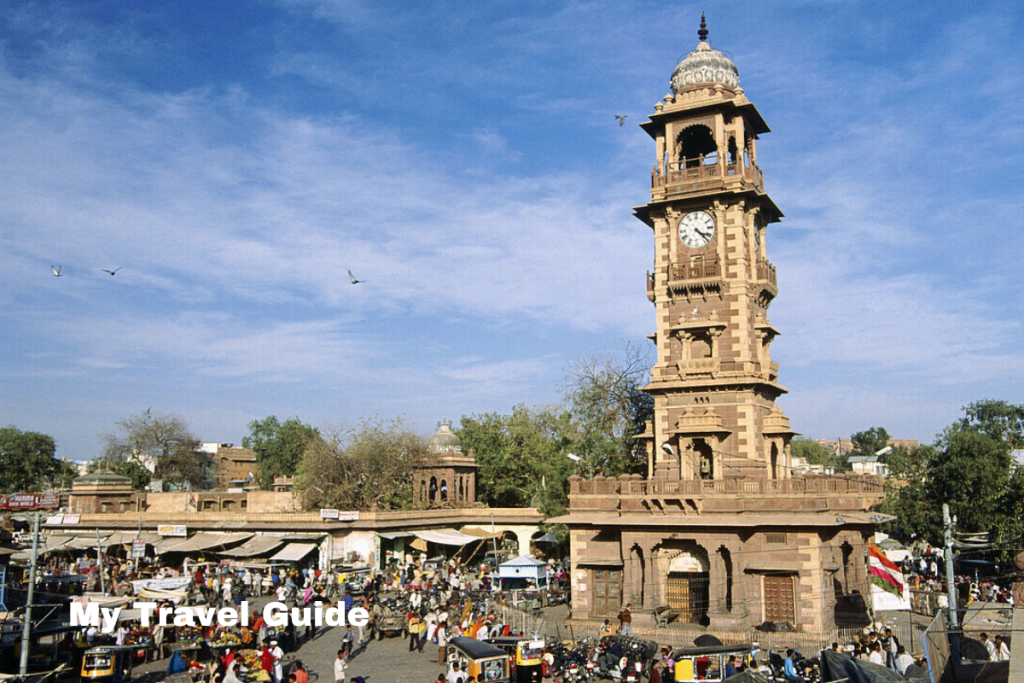
Sardar Market, a busy marketplace close to the Clock Tower, is well-known for its textiles, spices, and handicrafts.
See also: Pattaya Beach Thailand’s Ultimate Seaside Destination
Jodhpur Blue City: Culture and Traditions
Jodhpur has a thriving, traditional culture.
- Festivals: The Rajasthan International Folk Festival (RIFF) and the Marwar Festival feature the city’s dance, music, and artwork.
- Cuisine: Savor regional specialties such as Mawa Kachori, Mirchi Bada, and Laal Maas.
- Shopping: Visit the local bazaars to purchase traditional jewelry, leather products, and Bandhani sarees.
Best Time to Visit
- Ideal Months: October to March (pleasant weather for sightseeing).
- Avoid Summers: Temperatures can soar above 40°C in summer.
- Pro Tip: Visit Mehrangarh Fort in the early morning or late afternoon for the best views.
How to Reach Jodhpur
- By Air: Major Indian cities are connected to Jodhpur Airport (JDH).
- By Train: From places like Delhi, Mumbai, and Jaipur, Jodhpur Railway Station provides easy access.
- By Road: Road excursions are convenient because to well-connected highways.
Conclusion
A distinctive fusion of history, architecture, and culture can be found in Jodhpur, often known as the Blue City. Every area of this city, from the imposing Mehrangarh Fort to the vivid blue streets, has a story to tell. Jodhpur is a must-see location in Rajasthan for anyone interested in history, photography, or adventure travel.
Gather your belongings, discover Jodhpur’s regal allure, and make lifelong memories!
See also: The Best Destinations For An Amazing Snorkelling Experience
FAQs
Why Do People Call Jodhpur the Blue City?
People call Jodhpur the “Blue City” because of its blue-painted houses, originally used to denote Brahmin residences and control heat.
Is Jodhpur still blue?
Indeed, the famous blue-painted houses still stand in many parts of Jodhpur, particularly in the old city close to Mehrangarh Fort.
Which is the bluest part of Jodhpur?
The liveliest and bluest region of Jodhpur is the ancient town area beneath Mehrangarh Fort.
Is Jodhpur pink or Blue City?
Jaipur is often to as the Pink City, and Jodhpur as the Blue City.
What is Jodhpur famous for?
Jodhpur is well-known for its lively marketplaces, traditional handicrafts, blue houses, and Mehrangarh Fort.



